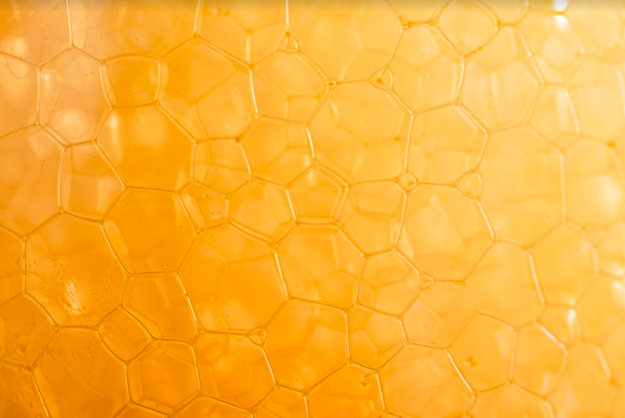This recipe comes out of the book "The Noma guide to fermentation"; a publication that became a key element during the research.
How to make pumpkin vinegar
Ingredients
For approximately 1,5 liters of vinegar
- 2,5 kilos of Pumpkin: I used Green pumpkin
- 96% Ethanol (the amount will vary depending on the amount of pumpkin juice)*
- Unpasteurized Apple cider vinegar
* When buying ethanol make sure you take the type that can be consumed, avoid 96% ethanol that is focused for laboratory disinfection uses (these are not safe for consumption). Ethanol is generally quite expensive due to heavy taxation.
Equipment
- Bols: as many as you need to work tidy
- 1 knife
- 1 cutting board
- 1 juicer
- 1 stainer
- Cheese cloth
- 1 aerator, with a tube and a rock
Preparation
1. Cut, empty, peel and chop your pumpkin into smaller pieces, they should be small enough that they fit into your juicer.
2. Juice your pumpkin.
So here there was a small problem: the juicing one whole pumpkin gave barely ANY juice. Although it was not documented how much was extracted, I believe it was close to 200 grams... Watch the video below to hear in situ comments!
3. As I mentioned on the video, the extraction tactic had to change, thus the pulp was blended with water and hand pressed using cheese cloth. While straining this blended mix I realized that the pulp contained quite some water so I probably could have skipped the blending step, thus avoiding the additional water, and pressed the pulp as it was.
Watch the video below to see the final straining.
4. Weigh your liquid. I added 20% of my first weight in unpasteurized vinegar. I weighed again and added 8% of the new weight in ethanol.
In this particular case, I added:
- 1156 gr of pumpkin juice
- 232 gr of vinegar
- 112 gr of ethanol
5. To promp the oxidation process, I immersed an aerator, placed it all the way to the bottom, and covered the jar with cheese cloth held by a rubber band.
First tasting
When I had recently mixed the ingredients, the liquid had a bright orange color with yellow tones. It was cloudy but shiny.
On the nose, the ethanol had a light presence; the raw pumpkin smell, which brought fresh green elements to my mind, was not very persistent. The strongest smell was overtaken by the vinegar.
On the mouth, the flavors were flat and not integrated. The acidity intensity was on the lower side but the fresh and green flavors were mostly noticeable on the aftertaste.
During the first few days the aerator created a noticeable amount of bubbles but these never presented any issue.
The mix was allowed to oxidate for 9 days.
After nine days...
The flavors were rough and all over the place. It seem it needed time to round and come together. It was mildly acidic in the mouth and the pumpkin smells were soften than expected.
I decided to then close the jar and let it sit, with the hope that the flavors would round up. At first they did and I was very optimistic about it! but after a few days a strong smell of acetone appeared.
